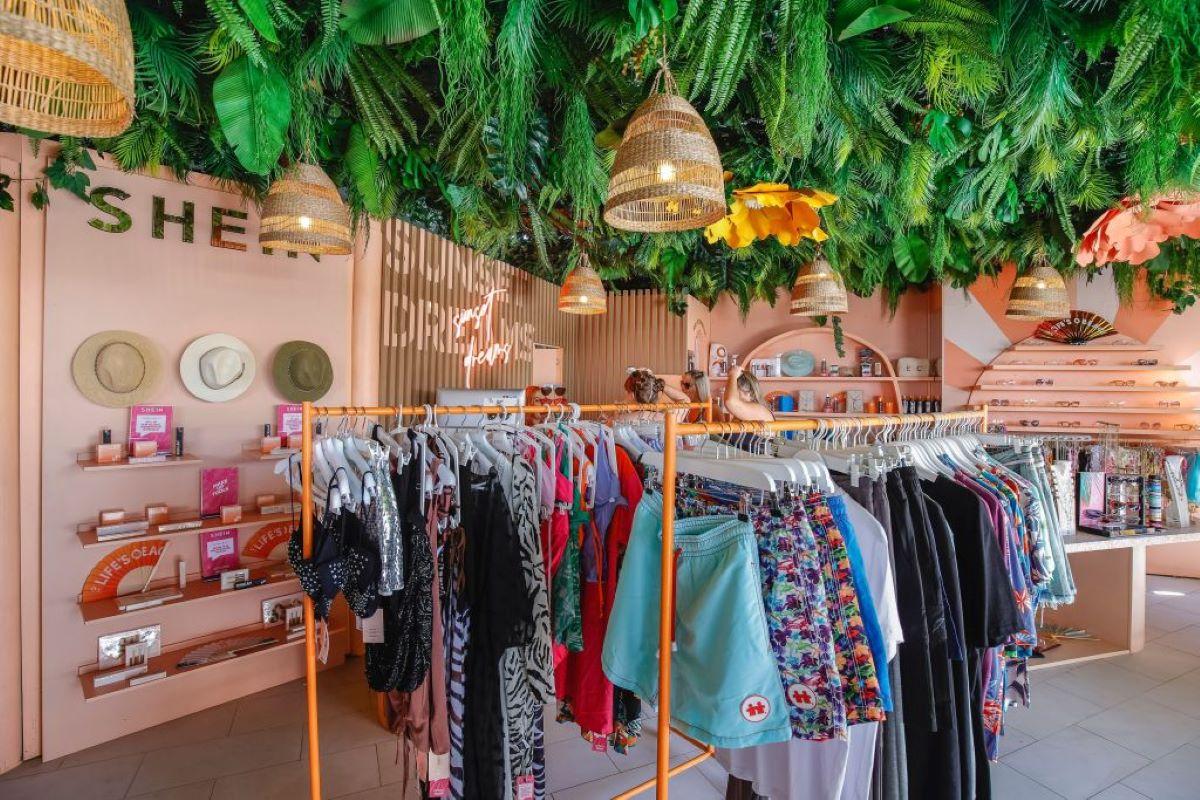Why Is Shein So Cheap? Details on One of the Most Popular Brands in the World
Fast-fashion brand Shein has taken retail by storm, and despite controversies, it's the most Googled clothing brand. Why is Shein so cheap?
June 2 2023, Updated 11:27 a.m. ET
Chinese fast-fashion retailer Shein is one of the most buzz-worthy and Googled brands in fashion right now, and it's also one of the most controversial. In 2022, it officially became the largest fashion retailer in the world after it secured a $100 billion valuation in its last fundraising round, which made it bigger than Zara or H&M.
While the retailer may be a bit unknown to those older than 30, the Gen Z crowd practically worships the brand and quickly made it one of the most popular shopping apps in the world. Founded by Chinese entrepreneur, Chris Xu, in 2008, one of the biggest secrets to Shein's success has been its massive social media presence and influencers flaunting their "Shein Hauls."
Everyone loves a great deal, but why is Shein so cheap?
Why is Shein so popular?
Why is Shein so popular? Social media has been the secret to their success. They have over 29 million followers on Facebook and Instagram, and billions of views on TikTok and YouTube to watch influencers unpack Shein hauls and use campus advisors to recruit on college campuses.
Shein sped-up the fast fashion model using algorithms to create the latest trends in an instant, and with more than 2,000 designers on the team and over 6,000 suppliers, they can produce over 10,000 products a day.
Shein has mastered the art of FOMO. They produce lines in very small quantities, with fewer than 100 pieces ordered of each design, and use real-time data to see how well each item performs. Then they'll order more of the most popular SKUs and discontinue the others.
The other reason Shein is so popular is because the clothing and accessories are just so cheap!
Why is Shein so cheap?
Shein originally specialized in wedding dresses sourced from a Chinese wholesale clothing market in Guangzhou. In 2011, Chris Xu renamed it Sheinside and expanded to include women’s clothing.
Then it was shortened to Shein and expanded its reach after acquiring the Chinese e-commerce company Romwe. By 2016, Shein had its own team of 800 designers and prototype makers. With people stuck home during the COVID-19 pandemic, Shein reached everyone online and pulled in $16 billion in sales in 2021.
Shein sells clothing at seriously discounted prices with tees, sweaters, and skirts selling for as low as $2. According to one of the founders, they're able to sell items so low because it sells 98 out of 100 pieces it buys from producers.
Shein has few overheads costs since they sell directly to consumers online. Plus, their marketing strategy is dominated by mid-tier influencers, which is a lot cheaper than running ad campaigns.
Most of their clothing is made of cheap virgin plastic materials like polyester, nylon, and other synthetic fabrics so they fall apart quickly. Plus, they subcontract production so whomever can fulfill their order the quickest gets the contract which leads us to one of the main reasons the clothing is so cheap ... it's outsourced.
What are the negatives of Shein?
Despite being so popular, Shein has been the center of many controversies. For starters, Shein uses a lot of synthetic fabrics that can take 20 to 200 years to decompose. The clothes are made to be worn a few times, replaced and then thrown away which isn't sustainable and bad for the environment.
Secondly, Shein exploits their workers by making them work about 75 hours a week and they only pay them for what they make. It's an unstable job because they never know how much they'll make each week.
Shein has also been accused by many retailers of stealing their designs, which has led to lawsuits and outraged designers. The real reasons Shein's products are so cheap is because its practices contribute to textile waste and global warming, they have a shady supply chain, and they're exploiting the workers so they can offer unrealistically low prices.



